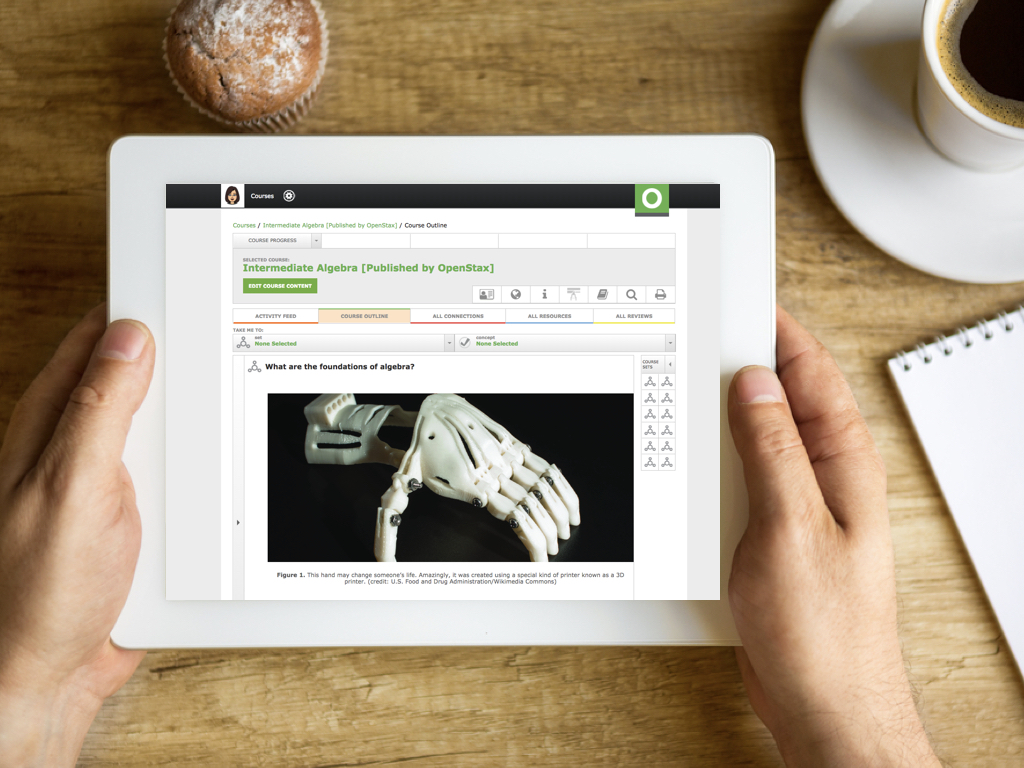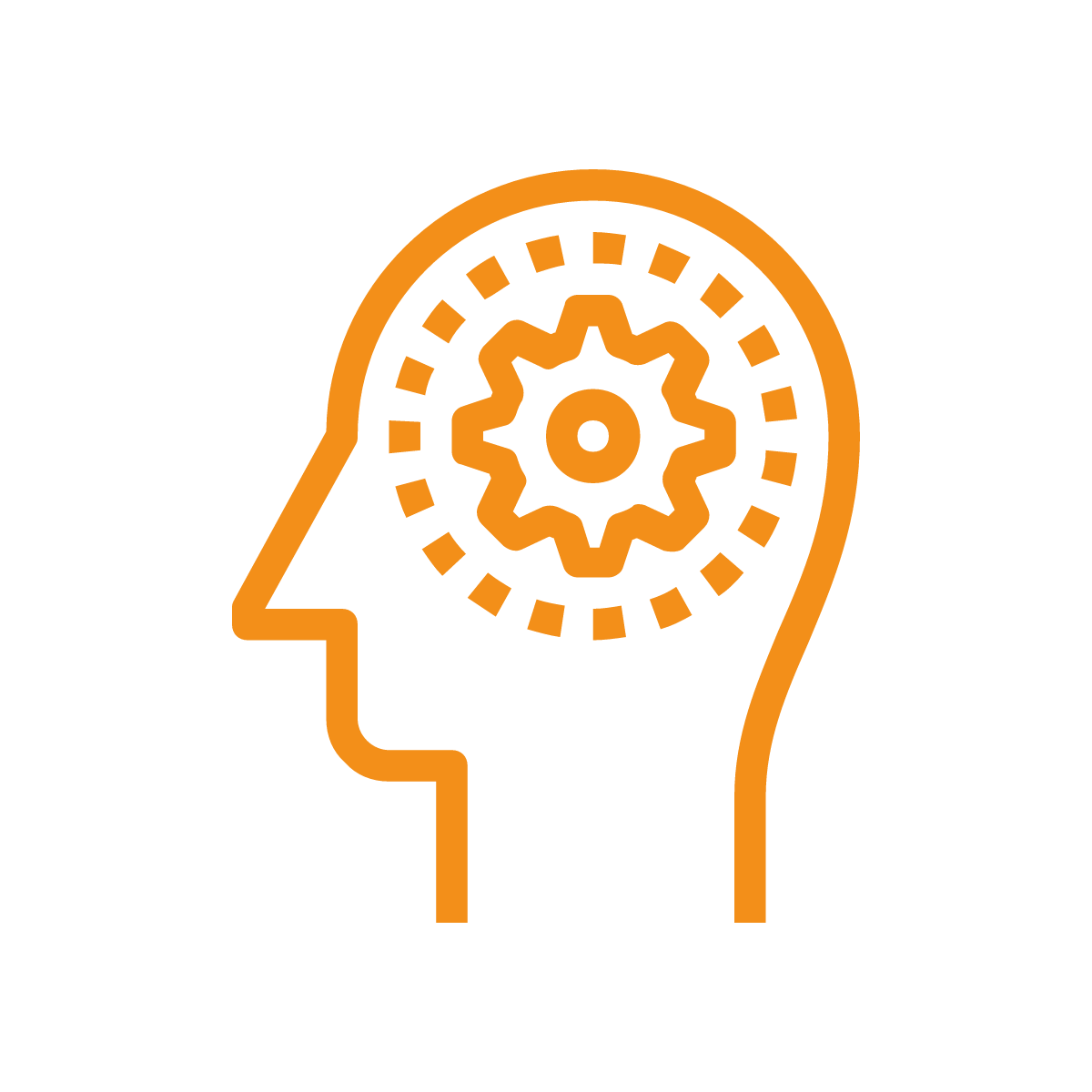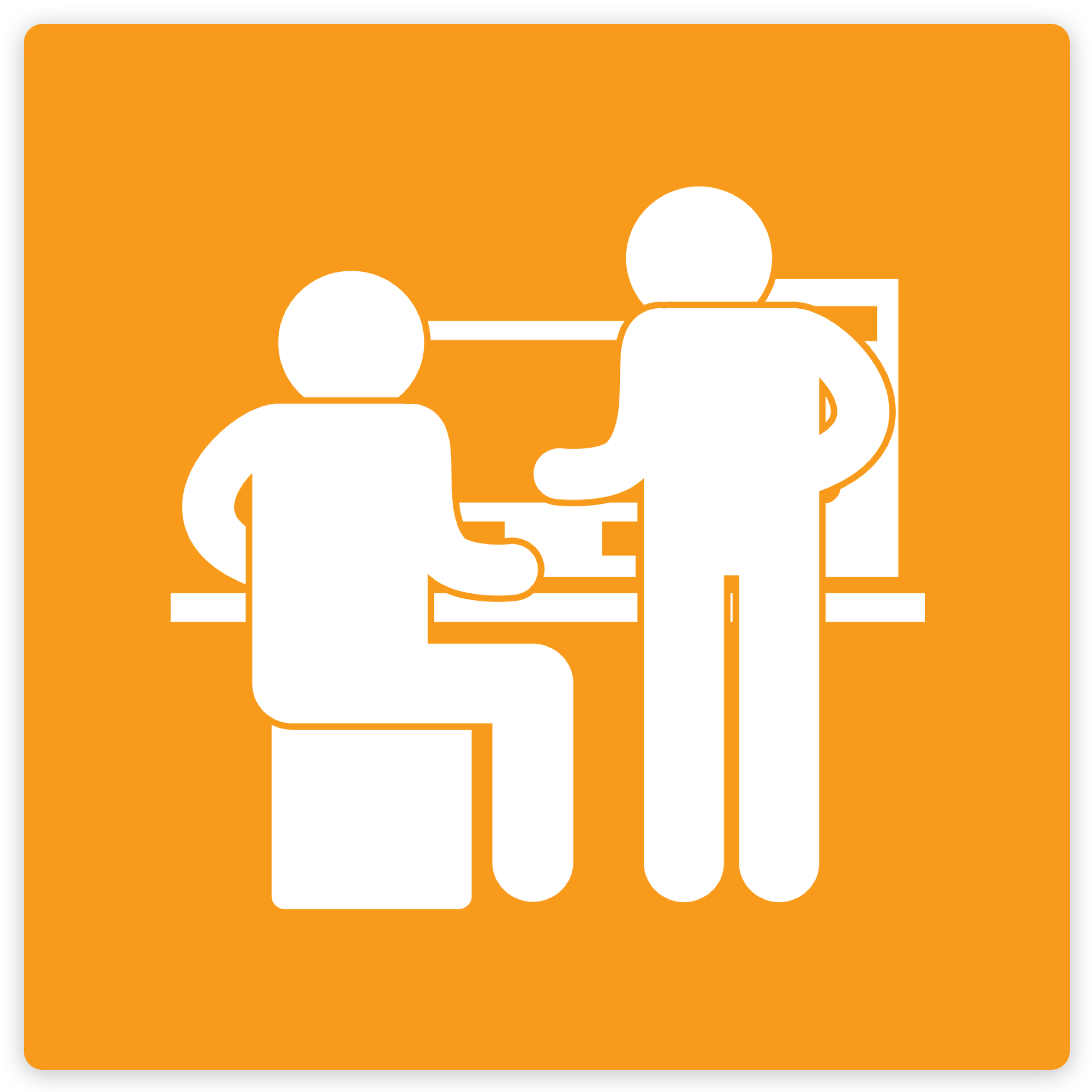
Intermediate Algebra
This comprehensive course, combined with the easy-to-use teaching and learning tools in Odigia’s leading learner engagement platform, has everything you need to track, assess, engage, and collaborate with your students. This course comes with content and pre-built assessment questions which can be easily customized or used as-is. Our advanced math editor includes the ability for dynamic and unique variations of questions, as well as the option to customize or create additional practice, quiz, or test questions.
This course includes:

905
dynamic, multi-version questions
Helping Teachers Do What They Do Best: Teach

Customize
Use our courses as is or easily customize them to fit your teaching style and the needs of your students. You can add your favorite resources, hide and show our existing content and pre-built assessments, or make them your own. Everything your students need, in one place!

Engage and Collaborate
Odigia combines learning materials, discussions, and tools to create a familiar social experience for students allowing you to easily connect and redirect students attention.

Track
See how much time students are spending on different areas of the course, which areas are creating the most amount of engagement and identify topics the students are struggling with. Flag and provide feedback on assignments to proactively meet individual students' needs.

Assess
Game theory allows students to monitor their progress visually and motivates them to stay on track. Students can see exactly what activities they need to complete, which ones have been flagged and compare their progress against the overall class.
Intermediate Algebra Course Outline
Concepts Covered: Concepts Covered: Concepts Covered: Concepts Covered: Concepts Covered: Concepts Covered: Concepts Covered: Concepts Covered: Concepts Covered: Concepts Covered: Concepts Covered: Concepts Covered:What are the foundations of algebra?
What are the different ways to solve linear equations?
What do the graphs of different types of functions look like?
How are systems of linear equations used in real-life situations?
What are polynomials, and how are they used?
How is factoring applied to real life situations?
How are different operations performed on rational expressions and functions?
How are expressions with roots and radicals simplified and evaluated?
By what methods are quadratic equations and functions solved?
What are exponential and logarithmic functions, and how are they solved?
What are conics?
How are sequences, series, and the Binomial Theorem related?
Intermediate Algebra is designed to meet the scope and sequence requirements of a one-semester intermediate algebra course. The book’s organization makes it easy to adapt to a variety of course syllabi. The text expands on the fundamental concepts of algebra while addressing the needs of students with diverse backgrounds and learning styles. The material is presented as a sequence of clear steps, building on concepts presented in prealgebra and elementary algebra courses.
About the authors:
Senior Contributing Authors
Lynn Marecek, Santa Ana College
Assessment Question Author
Rene Montemayor
Former Professor
Texas A&M International University

